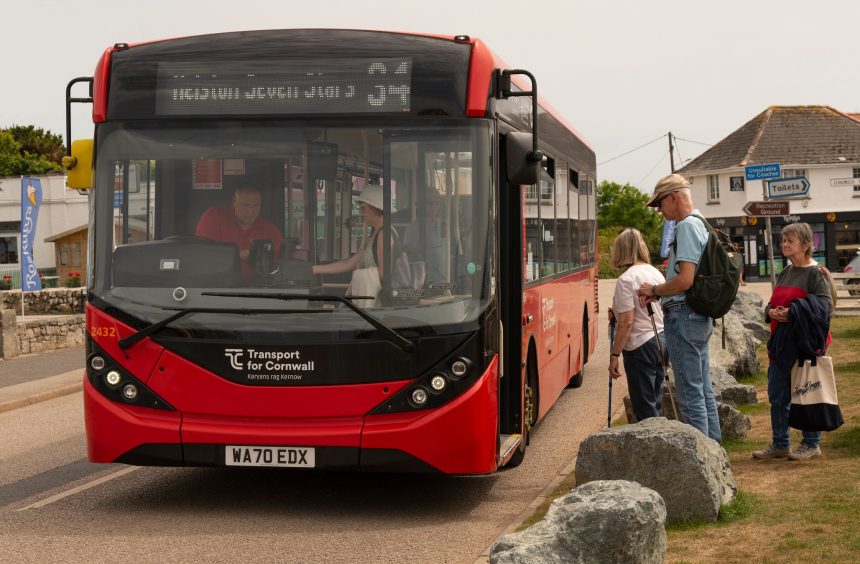Rural bus services connecting communities is the subject of the Transport Committee’s first inquiry of the 2024 Parliament, having opened a call for written evidence.
The cross-party Committee will examine the declining service provision and passenger numbers which exist in certain parts of the country outside towns and cities.
The call for evidence, which closes on 17 January 2025, invites feedback on how the government’s bus reforms plans should take into account rural services.
Multi-modal networks, funding models, governance structures, demand-responsive and community transport, the social and economic impact of declining bus services and the success so far of Enhanced Partnerships are also on the agenda.
Chair of the Transport Committee Ruth Cadbury says: “The statistics that show bus ridership falling off a cliff in many parts of the country are staggering, yet in some major cities there is still demand and faith in local services.
“This inquiry will be about looking for ways to end the downward spiral of passengers giving up after seeing routes and timetables salami sliced.
“It goes without saying that transport is the glue that holds communities together by enabling people, particularly outside big towns and cities, to socialise, get to work or school and spend their money with local businesses.
“Scrutiny of how to revive bus services will be to everyone’s benefit, but particularly to young people, older residents and the less well off.
“The Committee now welcomes written evidence submissions that will help get our inquiry off to the best start, help us ask the right questions and get the best answers.”
The terms of reference for the call for evidence:
a. How the Government’s proposed reforms of powers over buses in England, and recently-announced funding, should take into account the particular challenges of rural areas and local authorities outside major cities, and how authorities in these areas can make best use of those powers and funding.
b. The effectiveness of recent Government policy in tackling declines in bus services.
c. How effectively bus services function as part of integrated multi-modal networks that improve mobility for people who live in areas with declining services.
d. The social and economic impacts of poor connectivity on access to education, healthcare, employment, and social inclusion in communities, as well as on the economy of towns and villages.
e. The effectiveness of current funding models and governance structures in enabling local transport authorities and commercial operators to improve, sustain and keep bus services outside major metropolitan areas affordable, and the potential effectiveness of alternatives.
f. Evaluating the potential of alternative service models, including Demand Responsive Transport (DRT) and community transport, and other innovations or technologies which could support or replace buses serving less populated communities, and what steps the Government should take to support them.
g. How successful Enhanced Partnerships (EPs) have been so far in improving bus services outside major urban areas, whether franchising is likely to provide a better framework for these areas, and whether there are alternative models worth exploring.
h. How well policy, funding and oversight of bus services allow services that straddle rural and non-rural areas, and local government boundaries, to be managed.



























